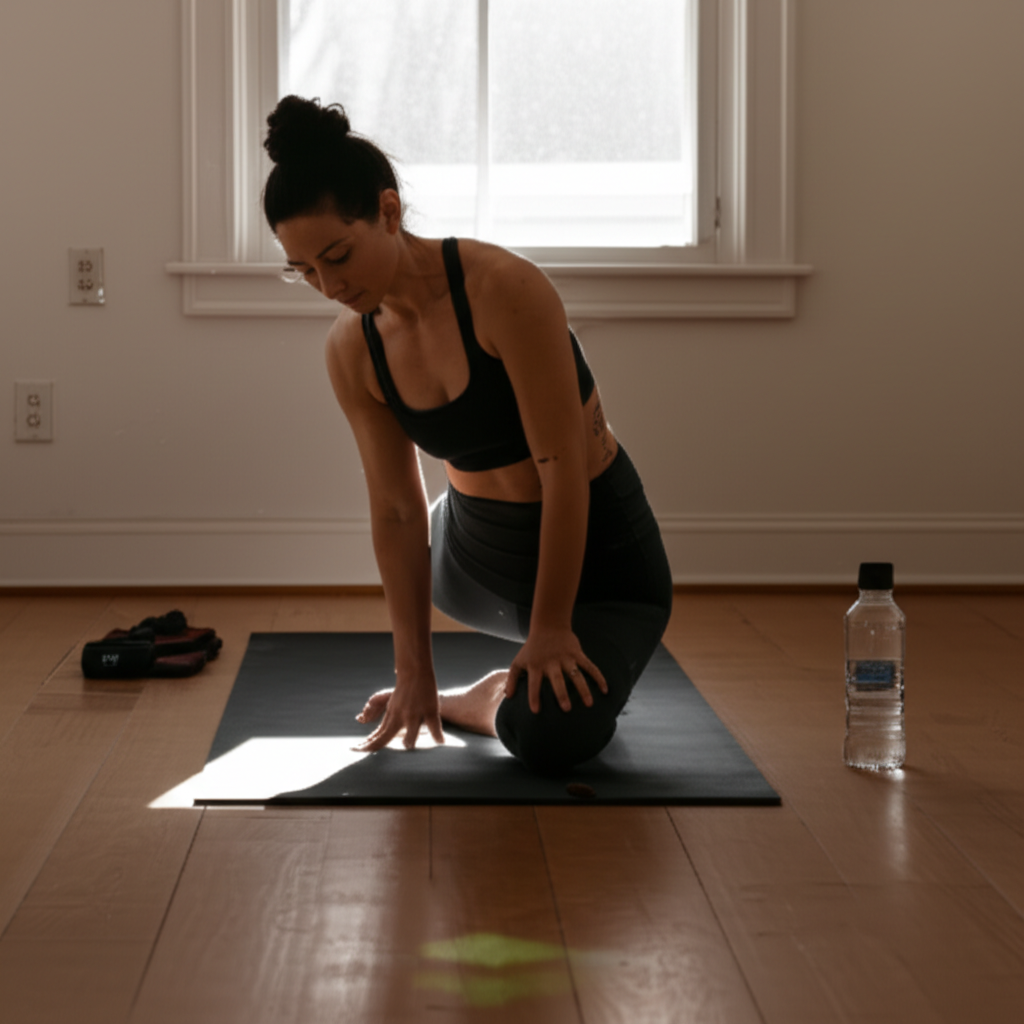For many, the idea of a consistent workout routine feels like an uphill battle, especially when the couch calls louder than the gym. It’s a common challenge, but consistency is the secret to unlocking fitness goals, improving health, and boosting overall well-being. The good news is that building a lasting exercise habit isn’t about suddenly becoming a “gym fanatic” or possessing endless willpower; it’s about smart strategies, small steps, and making movement an enjoyable and integral part of your life.

Redefining “Laziness” and Shifting Your Mindset
Often, what we label as “laziness” is a natural human tendency to conserve energy or a response to feeling overwhelmed, unmotivated, or unsure where to start. Instead of viewing it as a personal failing, reframe your perspective. Understand that motivation ebbs and flows, and successful routines are built on systems, not just fleeting inspiration. Exercise doesn’t have to be a punishment; it can be an act of self-care.

Starting Small and Building Gradually
One of the biggest pitfalls is trying to do too much too soon, leading to burnout and giving up. The most effective approach is to start small and gradually increase intensity and duration.
Embrace “Exercise Snacks” and Micro Workouts
You don’t need an hour-long session to reap benefits. Research shows that splitting exercise into shorter bursts, like three 10-minute sessions a day, can be as effective as one longer workout. These “exercise snacks” could be a quick morning walk, midday stretches, or some evening squats. Even 5-10 minute bodyweight exercises or stretching breaks can improve cardiometabolic health.
Prioritize Consistency Over Intensity
Especially in the beginning, showing up is more important than the duration or intensity of your workout. Focus on forming the habit by committing to a simple routine without much variation initially. For example, start with a 20-minute walk every day at the same time. Once the habit is solidified, you can introduce variety and increase intensity.

Making Exercise Enjoyable and Convenient
If exercise feels like a chore, you’re less likely to stick with it. Finding activities you genuinely enjoy and making them easy to access are crucial for long-term adherence.
Choose Activities You Actually Like
Not everyone enjoys running or lifting weights. Explore different types of movement until you find something that sparks joy. This could be dancing, hiking, swimming, cycling, yoga, martial arts, or even playing a sport. If you enjoy nature, try outdoor activities. The more enjoyable the process, the more likely you are to continue.
Integrate Movement into Your Daily Life
Look for opportunities to move without needing a dedicated “workout” session.
- Walk More: Park further away, take the stairs instead of elevators or escalators, and walk during phone calls or while listening to podcasts.
- Active Chores: Housework and yard work can be effective forms of exercise, engaging your core and upper body.
- Desk Exercises: For sedentary jobs, consider an under-desk pedal exerciser or regular standing breaks.
Prepare in Advance
Reduce friction by preparing for your workout the night before. Lay out your workout clothes, shoes, and any equipment you’ll need. This visual cue can prompt you to start and minimizes the mental effort required to get going.

Building Habits and Accountability
Habits are automatic behaviors that don’t require much conscious thought. Cultivating cues and consistent contexts can turn exercise into an ingrained part of your day.
Schedule Your Workouts Like Important Appointments
Treat your exercise time as non-negotiable by putting it on your calendar. Consistency in time and setting helps reinforce habit formation. Set a specific time and build repetition into your week.
Use Consistent Cues
Pairing exercise with an existing daily activity can create a natural trigger. For example, walk the dog after breakfast, or place your sneakers by the door after you arrive home.
Find a Workout Buddy or Community
Exercising with a friend or joining a group can significantly boost motivation and accountability. Knowing someone is counting on you can provide that extra push on days you feel less motivated.
Track Your Progress
Keeping a record of your workouts can be a powerful motivator, allowing you to see how far you’ve come. Use a journal, app, or fitness tracker to log activities and monitor improvements. This visual evidence of progress can be incredibly encouraging.

Staying Motivated Long-Term
Motivation can be fickle, but there are strategies to sustain it over time.
Set Clear, Achievable Goals (SMART Goals)
Goals provide direction and a benchmark for progress. Define what fitness means to you beyond vague notions like “get fit.” Set specific, measurable, achievable, relevant, and time-bound (SMART) goals. Break larger goals into micro-goals or smaller milestones to keep momentum and build confidence.
Reward Yourself
Implement a reward system for achieving small targets or consistent efforts. This could be a healthy treat, a new audiobook, a relaxing shower, or an episode of your favorite show. Focus on intrinsic rewards, like the feeling of accomplishment.
Curate Your Environment
- Music: Create an energetic playlist. Listening to upbeat music can reduce the perception of effort and increase endurance by up to 15%.
- Podcasts/Audiobooks: If you find exercise boring, distract yourself with engaging audio content.
- Visual Inspiration: Create a vision board with images and quotes that inspire you, placing it where you’ll see it daily.
Mix Up Your Routine
Doing the same workout every day can lead to boredom and burnout. Incorporate a variety of activities – cardio, strength training, flexibility, and balance exercises – to keep things interesting and challenge different muscle groups. Trying a new class or outdoor activity can add novelty.
Visualize Post-Workout Feelings
Before you even start, visualize how good you’ll feel after the workout – the mood boost, reduced stress, increased energy, and sense of accomplishment. Focusing on these immediate benefits can be a powerful driver.

Listen to Your Body and Adapt
Building a consistent routine also means understanding your body’s needs and being flexible.
Prioritize Rest and Recovery
Rest days are crucial for preventing injury and burnout, especially for beginners. Ensure you’re getting enough sleep, staying hydrated, and fueling your body properly.
Be Flexible and Adapt
Life happens, and schedules change. If your routine is disrupted, don’t give up entirely. Modify your schedule, explore new options like bodyweight exercises or online classes, and focus on what you can do rather than what you can’t. Even if you need to reduce duration or frequency, maintaining some level of consistency is key.
By implementing these strategies, you can transform exercise from a dreaded obligation into a consistent, enjoyable, and sustainable part of your life, even if you currently identify as “lazy.” It’s a journey of small, consistent steps, not giant leaps.






